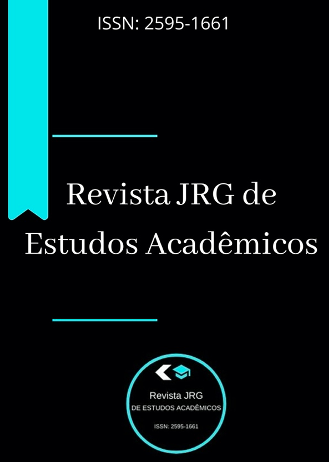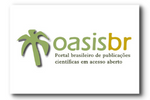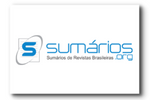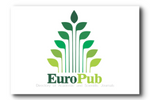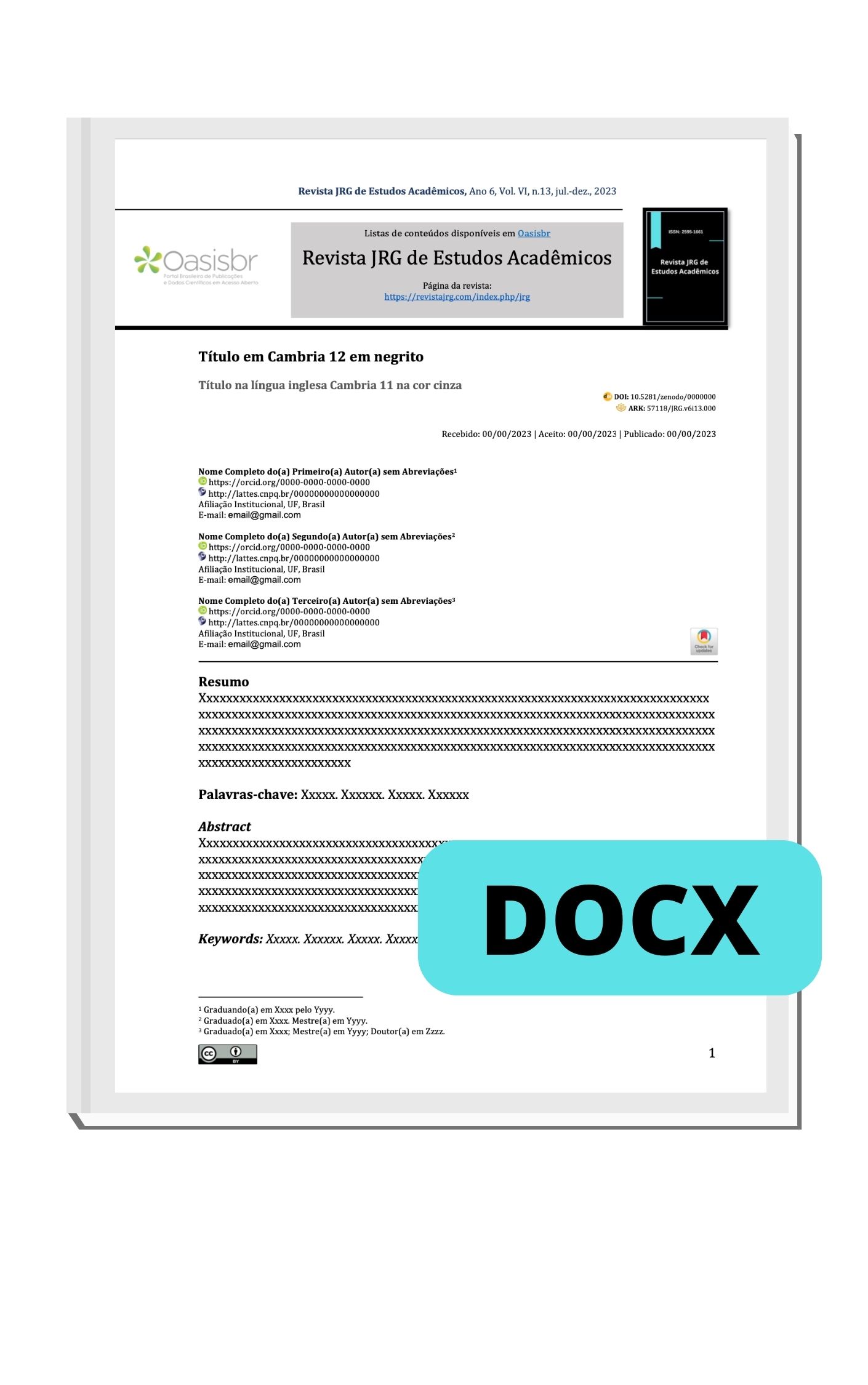DETERMINATION OF SODIUM IM DIFERENT SAMPLES OF A FOOD EMBEDDED FOOD
DOI:
https://doi.org/10.5281/zenodo.7806567Keywords:
Hypertension. Sodium. Nutritional information.Abstract
Objective:The objective of this work was to analyze the sodium content of six brands of meat thin-crust meat and compare the results with the values declared by the manufacturers, as well as to verify if there is a difference between the values found in the different brands. Methods: The samples were collected in supermarkets of the region and for the determination the method of the Mohr Method was used, which consists of the titration of the sample previously incinerated in a muffle furnace with 0.1N silver nitrate solution for the quantification of the amount of chlorides which were subsequently converted to reach the sodium values in mg / 100g. Results: Samples B, C, E and F presented sodium values above the declared in the nutritional information, respectively: 1.36, 44.44, 52.63 and 24.34%. However samples A and D presented values of -17.56 and -3.21% respectively. Conclusion: It was concluded that more than 66% of the samples presented sodium values above those declared by the manufacturers indicating the need for greater care of the companies and greater performance of the competent bodies for the adequacy of these foods to the legislation and thus be safer for the consumer.
Downloads
References
BuzzoML.Carvalho MFH, Arakaki, EEK, Matsuzaki R, Granato D, Kira CS. Elevados teores de sódio em alimentos industrializados consumidos pela população brasileira. Rev. Inst. Adolfo Lutz. São Paulo; 73(1):32-9, 2014.
Garcia CER, Bolognesi VJ, Shimokomaki M. Aplicações tecnológicas e alternativas para redução do cloreto de sódio em produtos cárneos. B.Ceppa, Curitiba, v. 31, n. 1, p. 139-150, jan./jun. 2013.
Lima FET, Araújo TL, Moreira TMM, Lopes MVO, Medeiros AM. Características sociodemográficas de pacientes submetidos à revascularização miocárdica em um hospital de Fortaleza-CE. Rev Rene. 2009; 10(3):37-43.
Lopes MCL, Marcon SS. A hipertensão arterial e a família: a necessidade do cuidado familiar. Rev. Esc. Enferm., São Paulo, v. 43, n.2, p. 343-350. 2013.
ANVISA. Regulamento Técnico sobre Rotulagem Nutricional de Alimentos. Resolução - RDC nº 360, de 23 de dezembro de 2003. Disponível em: <http://www.anvisa.gov.br/legis/resol/2003/rdc/360_03rdc.htm>. Acesso em: 27 abril 2017.
Avozani P, Spinelli RB, Zemolin GP, Zanardo VPS. Avaliação da ingestão de sódio e o risco de hipertensão arterial em adolescentes das escolas públicas de erechim – RS. Rev perspectiva, erechim. v. 38, n.141, p. 141-150, março/2014.
ANVISA - Agência Nacional de Vigilância Sanitária - Diretoria Colegiada Resolução-RDC nº 24, DE 15 DE JUNHO DE 2010. Disponível em <http://portal.anvisa.gov.br/documents/33864/284972/RDC24_10_Publicidade%2Bde %2Balimentos.pdf/c406d0df-e88b-407a-9c0f-30da652f4a44>. Acesso em 27 abril 2017.
Ferraccioli VR. Avaliação da Qualidade de Salsicha do Tipo Hot Dogdurante o Armazenamento, São Caetano do Sul- SP, 2012.
Fedalto MB, Oliveira J, Stofella NCF, Balb ME. Determinação do teor de sal em salgadinhos de milho e possíveis consequências na alimentação infantil. Visão Acadêmica, Curitiba, v.12, n.1, Jan. - Jun./2011 - ISSN 1518-5192.
SOUSA, A. C. S. Avaliação bromatológica de salsichas e adequação da rotulagem à legislação vigente. 2012.81 f. Dissertação (Mestrado) - Universidade Federal de Minas Gerais,Faculdade de Farmácia, Programa de Pós-Graduação em Ciência de Alimentos. 2012.
